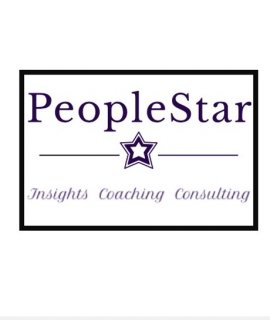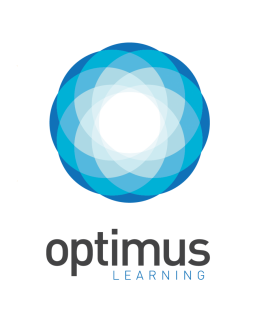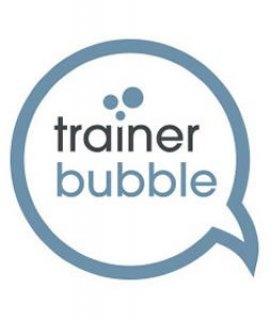Making L&D Relevant – Again.
SOURCE: James Birrell - People Who Know
PUBLISHED: 22/10/2018
Is it provocative to ask if L&D is valued in your organisation?
If value is measured in curriculum content, availability and training attendance then perhaps not. But if the question is framed around the currency of relevance and commercial impact then it becomes harder to be positive about the perceived value of L&D as a strategic partner.
Mounting evidence tells us that L&D needs to change if it is to remain – or some may challenge become – relevant as the future of work unfolds and creates new demands on how organisations need to develop to secure their existence. In the 2017 report Driving the New Learning Organisation (Towards Maturity & CIPD) clarity of purpose is identified as a “central connecting characteristic” of a learning organisation. If we believe that this is true for organisations as a whole then it must also be true for L&D as a function. It is this lack of clarity of purpose that often creates a culture of confusion about the value of L&D evident in how senior leaders view L&D professionals within their organisations.
The Open University Business School reported in 2017 that two-fifths of international organisations didn’t have a global strategy for learning and 42% of L&D decision makers voiced concern that leadership teams do not value learning. Some of the blame for this lack of value must sit with L&D. In order to define their clarity of purpose, L&D professionals must decide if they are merely a support function that jumps to respond to the whim of a manager or a strategic player capable in playing their part in contributing to the four critical levers of business – growth, transformation, productivity and profitability?
L&D professionals need to align their value proposition within the frame of their organisation’s currency of relevance – operational priorities and commercial imperatives. Work by the Institute for Employment Studies as far back as 2009 identified the three core skillsets for an L&D professional as business understanding, technical L&D skills and consulting or business partnering skills. Today’s L&D professional while aware of the need for their own continuous professional learning are still falling short in demonstrating their value through partnership and understanding.
If the ambition is to move from being viewed as a cost center to gaining traction as a business partner and to align to the future needs of the organisation there has to be a shift in skillset and mindset in order to deliver core and strategic L&D.
From |
To |
Through |
|
Transacting |
Transforming |
Delivering the currency of relevance |
|
Fixed |
Growth |
Embracing the discomfort of uncertainty |
|
Create |
Curate |
Accessing the multiverse of content |
|
Push |
Pull |
Giving learning customers choice and control |
|
Pedagogy |
Heutagogy |
Facilitating self-determined learning |
|
Owner |
Custodian |
Making content easy to find and access |
|
Knee-jerk |
Insight |
Learning strategy driven by data analytics |
|
Tick-box |
Bottom-line |
Learning with an overt commercial measure |
|
Educate |
Enrich |
Stimulating content in a vibrant environment |
To move from being viewed as a cost center to a strategic partner L&D has to become enabled through a new combination of skillset, mindset and outlook changes:
- Develop commercial thinking in L&D professionals - challenge the value of the learning and organisational customer experience.
- Challenge operational legacy – connecting what has been and is being done to new model learning.
- Develop an agile mindset – give permission to try.
- Think creatively – be active in developing non-conformist solutions.
- Value L&D as a strategic partner – develop a tone of voice within the Leadership and HR environment so as to be a driving partner not a functional servant.
- Strengthen the proposition - blended teams of L&D, OD and Talent specialists collaborating on projects aligned to the 4 critical drivers.
L&D need to be able to tell their story of worth, the rationale of why they need to have a seat around the strategic decision making table. They need to look inwards at their structure, skills and mission to ensure that they can become more relevant and be recognised as a value-add function that is able to align and deliver through the organisation’s currency of relevancy. To paraphrase Jim Collins, L&D professionals need to preserve the core of what they do while stimulating progress to secure their future.
Is it provocative to ask if L&D is valued in your organisation?
Leave a comment to let us know what you think.
Comments
Be part of the conversation by adding a comments below
No comments have been added yet














_270x320.jpg)
_270x320.png)





